S.T.O.R.Y. Extensions!
Earlier this month, I shared a mnemonic I use with my 2nd and 3rd graders for teaching story elements. This mnemonic is part of a larger strategy called “Picture It!,” developed by Victoria Naughton (2008). Each letter of S.T.O.R.Y. represents a story element, and students can use the graphic mnemonic for identifying and visualizing the common features of fiction texts. Learn more about this great strategy here!
S.T.O.R.Y. Poem
Many people make up a silly stories or poems to increase retention. I am one of those people. 🙂 According to Brain Training 101‘s article How to Improve Your Memory, “A mnemonic device, such as a poem or a song, can help you retain complex information that normally would be difficult for you to remember.” I use strategy poems and text structure poems a lot with my students to improve their long-term memory, especially for strategies or skills that involve steps or a sequence. I love, love, LOVE Naughton’s acronym of S.T.O.R.Y., so to help my students remember it, I created a poem for S.T.O.R.Y. to help students remember the five story elements.
Retelling
In addition to using S.T.O.R.Y. to identify story elements, I also use this great mnemonic for retelling. In the beginning, students can use their individual graphic organizers to guide their story retell, but then I model using just the letters in S.T.O.R.Y. to guide my retell.
The students created prompt cards (using pink index cards) to keep in their take-home reading bags and use with their independent fiction books they take home. The letter representations are listed on the backs, but I encourage them to peek only if completely necessary!
For my kinesthetic learners, I sometimes have them visualize the letters of S.T.O.R.Y. on each of their fingers to guide their retelling of the story, similar to 5 finger retelling but using the S.T.O.R.Y. acronym.
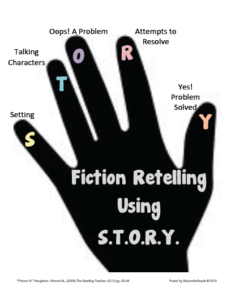 I created this card-stock 5-finger prompt (below) for students to use as a guide, along with the poster (above) that’s in their folders!
I created this card-stock 5-finger prompt (below) for students to use as a guide, along with the poster (above) that’s in their folders!
NOTE: If you teach younger students, Kindergarten or 1st Grade, you may want to consider putting letter stickers on each of their fingers at first, until they can picture the imaginary letters on their fingers. I use the same glitter stickers that are shown below on the students’ actual fingers!
Text Coding
Once students are independent with using S.T.O.R.Y., I show them how they can use the visual representations of the letters to “code” or mark where story element clues are listed in texts. This is similar to thinking tracks for comprehension, but students record the letters S.T.O.R.Y. instead of comprehension codes. For printable books (like Reading A-Z books), students can record the codes right in the margins of the text. For actual book they can’t right on, students can use sticky notes with the graphic symbols of S.T.O.R.Y. (one letter per sticky note) to mark places it in a book where the story element clues are listed.
Below is a coding example using a Reading A-Z book! Students underline the clues and evidence for each story element in the printable book and use stickies to mark the pages they found clues. Sometimes I’ll have my students just write the S.T.O.R.Y. letters in the margins, but stickies allow them to find the places more easily, acting as markers for each page when the book is closed.
Text Coding helps students with constructing story summaries. Students can follow their S.T.O.R.Y. markers to record all the elements in their summaries. You may even want to consider connecting S.T.O.R.Y. with teaching students how to write book reports, even student book reviews (leaving out the R and the Y of course!).
Connection to Reading Hats
Sometimes, I like to teach S.T.O.R.Y. with my Reading Hats unit, and have the students pretend they are all Reading Chefs who need to gather and mix together the ingredients of a fiction story. Identifying and “mixing up” all the “ingredients” of a story (story elements) helps them comprehend and cook-up a wonderful story. I then love to show all my talented Reading Chefs how they can use their OWN ingredients to write stories of their own! This is a wonderful opportunity to connect their reading and writing skills!
Supplemental Materials
(The poem and retelling poster are FREE for my email subscribers. If you’d like to download this packet, click here to subscribe to get the password via email. You will also receive exclusive access to my entire growing collection of free literacy resources!) (If you’re already a subscriber, you may download the resource HERE.)
—
Happy Teaching!
Article Resource:
Naughton, Victoria M., (2008). The Reading Teacher, 62 (1) pp. 65-68
Want to purchase and read the “Picture It!” article?
If you are interested in reading the research behind the “Picture It!” strategy or want to learn more, the article is available in a few locations.

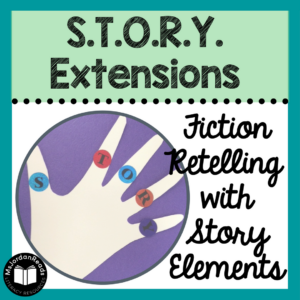
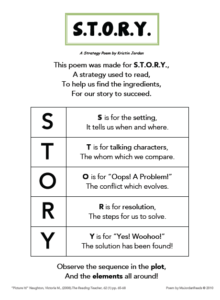


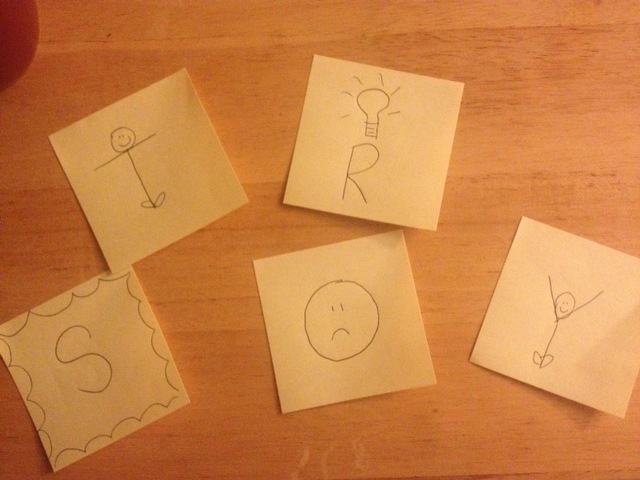




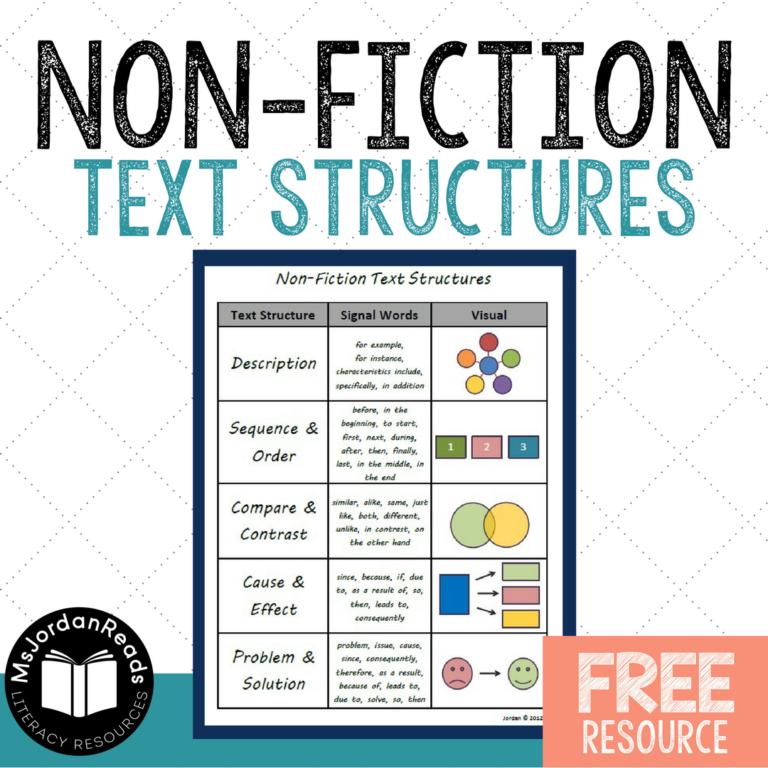
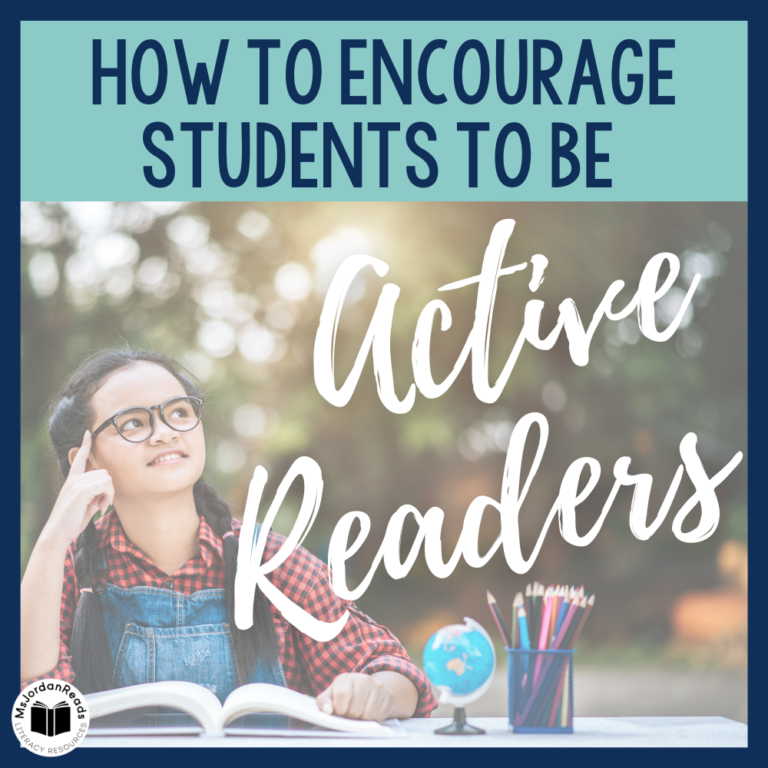


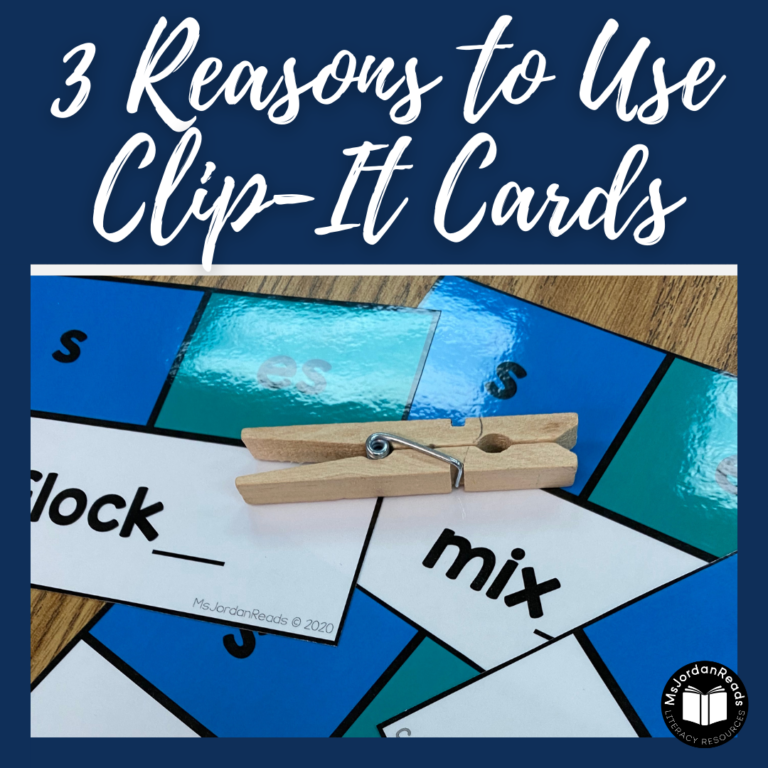

Thank you so much for sharing this fabulous resource. I’ve just adjusted my diary to fit it in next week!
I’m glad you found this resource helpful! I’m always happy to share good strategies I come across and use. I would love to hear how you use it and how your students respond.
I’m always looking for new resources to add to my reading instruction. I love your STORY strategy! Thank you for sharing. I have added your blog to my favorites.
Thank you for becoming a follower! I can’t take credit for this strategy, but I love it and use it with many of my students. I hope the poem and supporting materials are helpful to you!
Thank you very much! This will help my 7th grader immensely with his story outline and synopsis!
I’m glad you found the ideas and resources helpful! 🙂